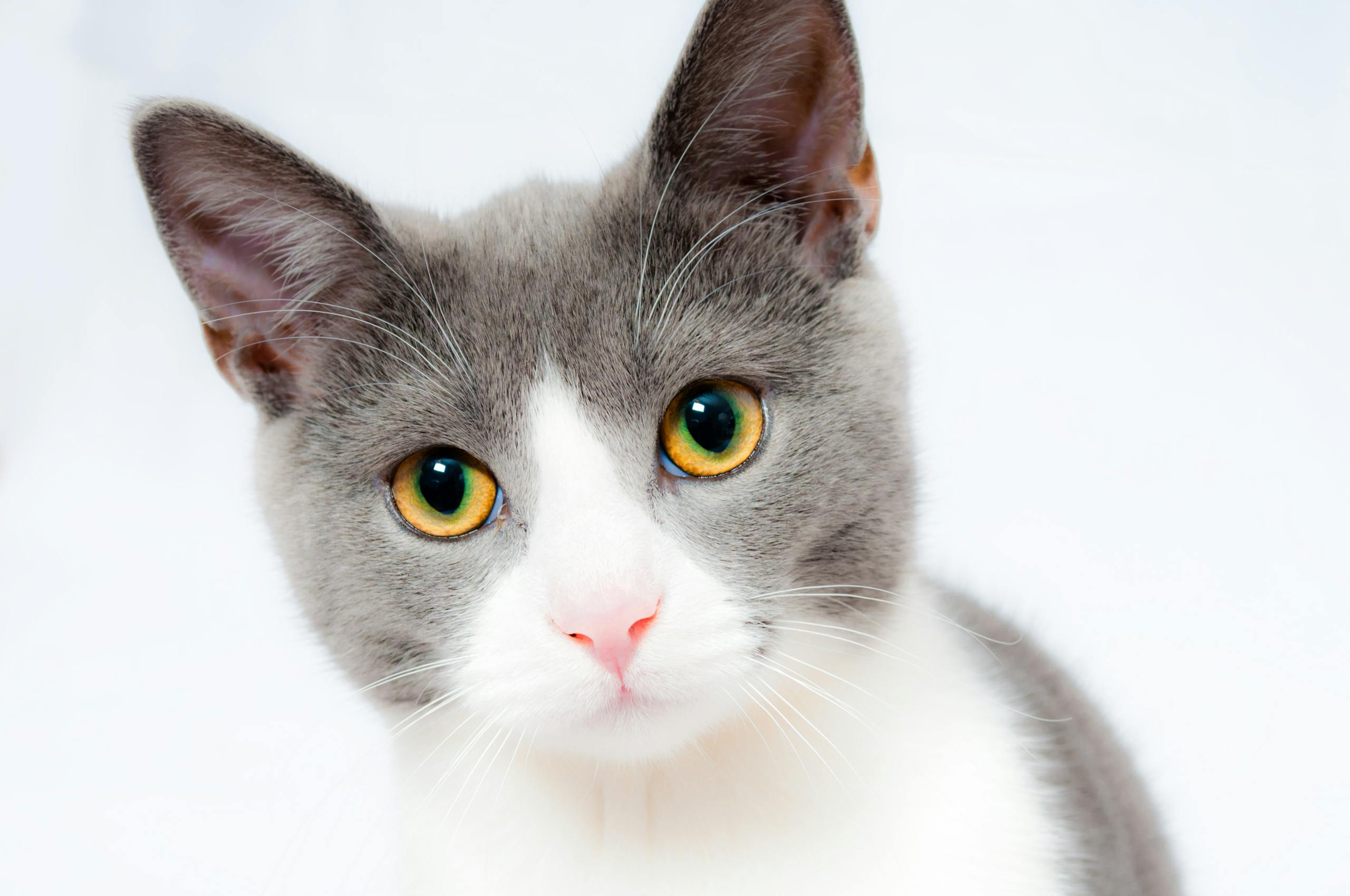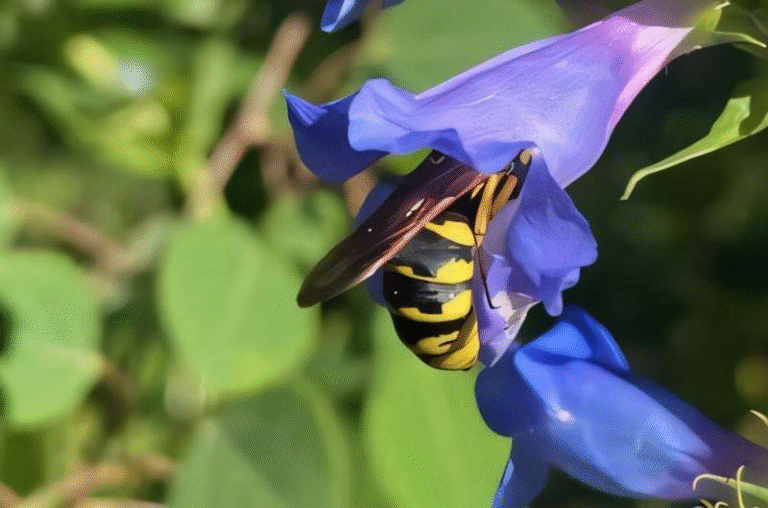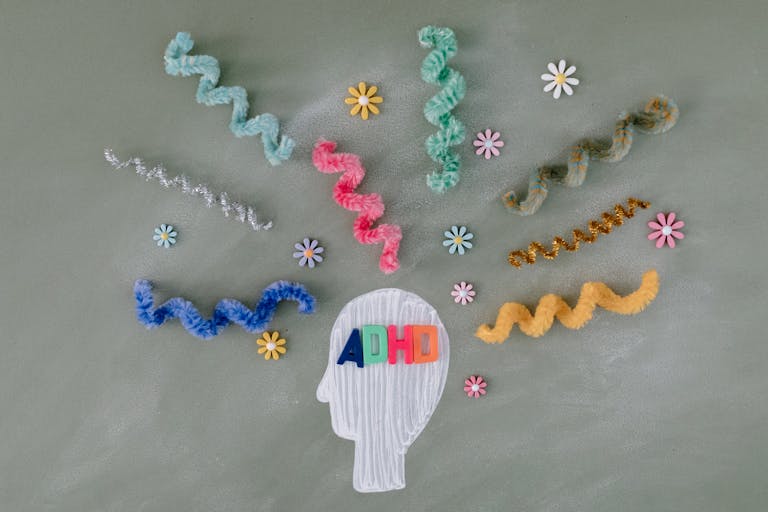Cats Caught COVID-19 from Their Owners During the Early Pandemic, New Study Finds

A new study from researchers at Cornell University has revealed that domestic cats in New York City easily caught SARS-CoV-2—the virus behind COVID-19—from their owners during the first wave of the pandemic. The findings provide solid evidence that while humans can infect their cats quite efficiently, cats pose little to no risk of transmitting the virus back to people.
This study, published in the International Journal of Infectious Diseases One Health, focused on understanding how widespread COVID-19 infections were among household cats during the early phase of the pandemic. The researchers wanted to fill a crucial knowledge gap since, at that time, few studies had looked closely at pets living in real urban environments.
The Study: When, Where, and How It Was Done
Between June 2020 and May 2021, veterinarians collected blood samples from 79 domestic cats—33 males and 46 females—that visited Sutton Animal Hospital, a veterinary clinic on Manhattan’s Upper East Side. This clinic happened to be located near NewYork-Presbyterian Hospital/Weill Cornell Medicine, where some of New York’s earliest COVID-19 patients were treated.
The cats’ owners were anonymous, but many reportedly lived in the neighborhood and worked at the nearby hospital. Nearly all of the cats were indoor-only pets, meaning their contact with humans was the most likely path of exposure.
The collected samples were analyzed at the Animal Health Diagnostic Center (AHDC) at Cornell’s College of Veterinary Medicine. The diagnostic team, led by Professor Bettina Wagner, used a sophisticated antibody detection test. Originally designed to detect human antibodies, the assay was adapted to measure SARS-CoV-2–specific antibodies in cats. This allowed researchers to detect whether cats had been exposed to the virus in the past, even if they were never visibly sick.
What the Results Showed
The results were quite revealing. About 16% (13 out of 79) of the cats tested positive for antibodies against SARS-CoV-2. This means those cats had previously been infected with the virus.
Interestingly, the highest rate of positive samples—around 44%—appeared during fall 2020, which perfectly matched the major surge in human COVID-19 cases across New York City during that same period. This clear timing connection strongly supports the idea that the virus was moving from humans to cats, not the other way around.
Further analysis showed that 7 of the 13 antibody-positive cats (roughly 54%) had neutralizing antibodies, meaning their immune systems had produced a strong defense capable of blocking the virus. Two cats had particularly high antibody titers—1:1024 and 1:4096—indicating very strong immune responses.
Interestingly, only two of the infected cats showed any respiratory symptoms, such as coughing or sneezing. The majority appeared perfectly healthy and asymptomatic, even though they had clear evidence of past infection. This aligns with previous observations that cats, while susceptible to infection, usually don’t develop severe illness from the virus.
The researchers also found no significant differences in infection rates based on age, sex, or breed. In other words, all types of cats seemed equally likely to catch the virus from their owners.
What This Means for Cat Owners
The study’s senior author, Professor Gary Whittaker, noted that early in the pandemic there was widespread fear that cats might become a major transmission risk, leading some people to consider abandoning their pets. The new evidence shows that such fears were unfounded.
Yes, cats can get infected—but the infections are mostly mild and self-limiting, and there is no reason to panic or treat cats as a public health threat.
The findings highlight an important concept in modern health science known as the One Health approach. This perspective emphasizes that human health, animal health, and environmental health are interconnected. Monitoring diseases across species—rather than focusing only on humans—helps scientists understand how viruses like SARS-CoV-2 evolve and spread, and how to prevent future pandemics.
Why Cats Are Susceptible to SARS-CoV-2
Cats are particularly interesting in the context of COVID-19 because they share similar ACE2 receptors with humans. These receptors act like “doorways” that allow the virus to enter cells. The more similar the ACE2 receptor between species, the easier it is for the virus to cross from one host to another.
Studies from early 2020 onwards showed that cats, dogs, ferrets, mink, and even deer can be infected by SARS-CoV-2, though with varying degrees of susceptibility. Among these, cats and mink appear to be the most vulnerable due to the compatibility of their ACE2 receptors with the virus’s spike protein.
Laboratory experiments confirmed that cats can not only get infected but can also transmit the virus to other cats under controlled conditions. However, real-world transmission from cats to humans remains extremely rare and has not been proven in typical household settings.
Broader Implications of the Study
This Cornell-led study provides one of the clearest pictures yet of what happened among urban pets during the first wave of the pandemic. It shows that:
- Human-to-cat transmission occurred frequently, especially when COVID-19 cases in humans were peaking.
- Cats often show no symptoms but develop antibodies that prove infection happened.
- Public health systems should include companion animals in their surveillance strategies, especially when tracking zoonotic diseases (those that jump between animals and humans).
From a scientific standpoint, these findings expand our understanding of how SARS-CoV-2 behaves across species. While the human pandemic has largely moved on, the virus’s ability to infect animals remains an ongoing concern for disease monitoring. Animal infections could potentially serve as reservoirs where the virus might evolve or recombine, even if the risk to humans remains low.
Lessons from the One Health Perspective
The One Health approach underlines that monitoring animal populations isn’t just about protecting animals—it’s also about anticipating human health risks. A similar scenario was seen with mink farms in Europe, where human-to-mink and mink-to-human transmission did occur.
While domestic cats haven’t been shown to transmit SARS-CoV-2 back to humans in any significant way, they remain a valuable sentinel species—basically, an early warning system that can reflect what’s happening in human health. If humans in a community are widely infected, cats are likely to show evidence of exposure soon after.
Understanding this interconnectedness helps prevent misinformation and unnecessary fear. It also encourages responsible behavior among pet owners, such as maintaining hygiene if they’re sick, avoiding close face-to-face contact with pets while infectious, and ensuring regular veterinary care.
What Pet Owners Should Know Today
For most cat owners, this study should bring reassurance rather than worry. Your cat can catch SARS-CoV-2 from you, but it’s unlikely to get seriously ill or pose a risk to others. Keeping cats indoors during illness, maintaining good hygiene, and consulting your vet if your pet shows unusual symptoms are practical, sensible measures.
As scientists continue to track animal susceptibility to emerging viruses, cats will remain a key part of the bigger picture—reminding us that pandemics don’t just affect people, but the entire web of life we’re connected to.





